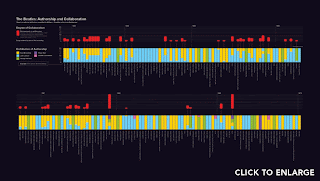My favorite Beatles commentator, Allan W. Pollak, beautifully captures the poetic breakthrough represented by this song:
Among the several new musical directions explored by The Beatles from mid-career onward, none was more astonishing at the time, nor is still so compelling today, as their emerging preoccupation with the existential joy, wonder, and sorrowful angst of self-discovery, childhood memory, and post-adolescent adjustment to the realities of the human condition.
More than anyone before them, the Beatles poeticized popular music, making it today's unchallenged venue for the development and expression of a poetic sensibility. That poeticization began as soon as John and Paul decided to record only their original compositions; but it was "Strawberry Fields Forever" that really announced their arrival as poets.




